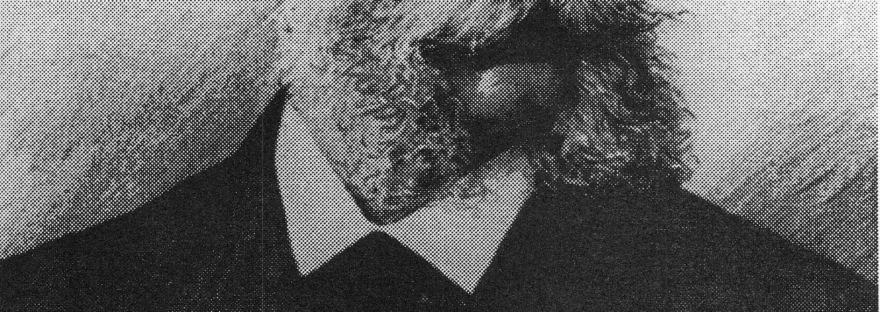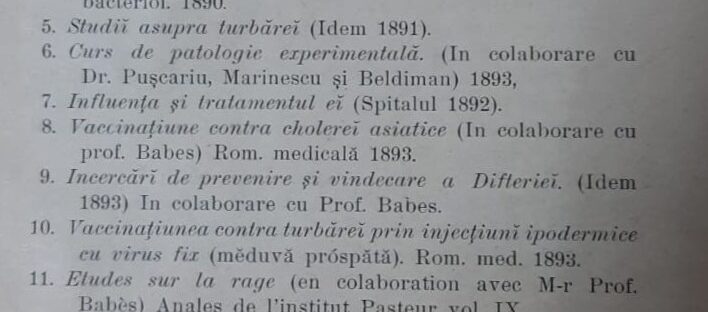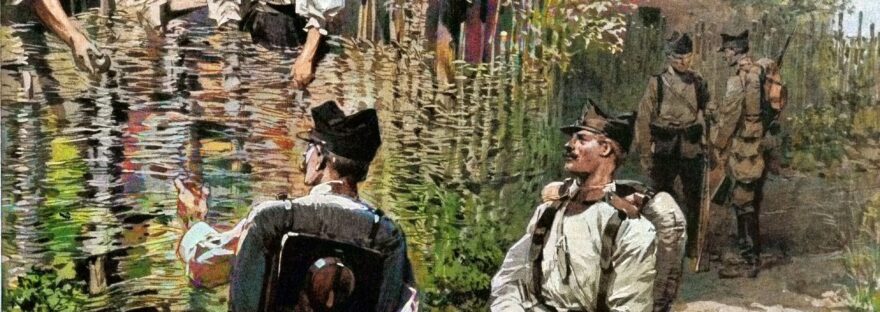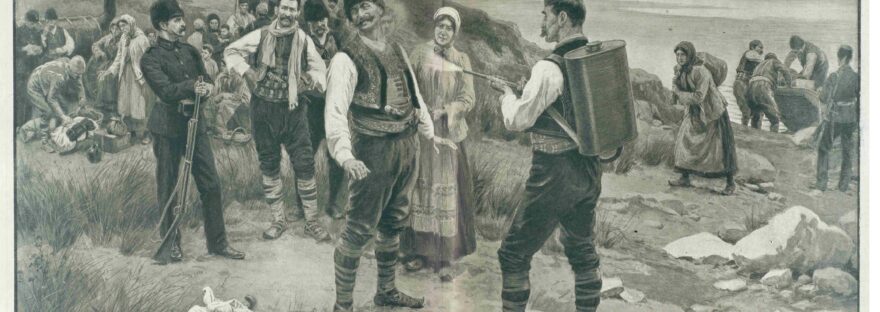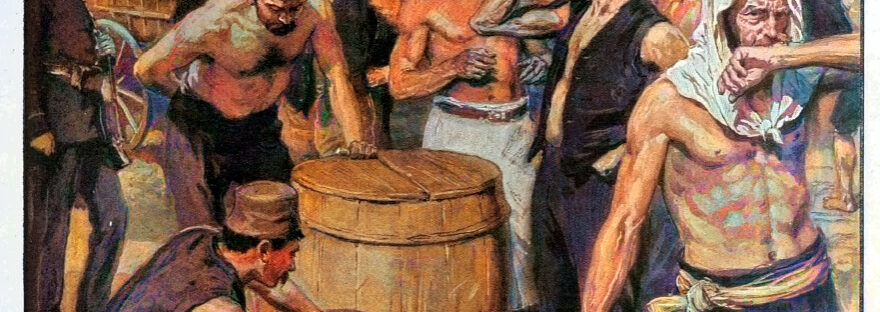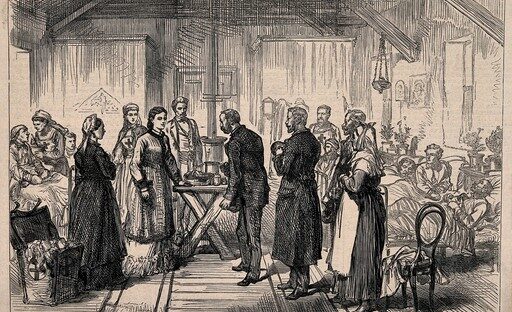The latest issue of Etudes balkaniques includes two articles that are direct results of the DaQuaS project: Andrei EMILCIUC, Fishing in the Waters of Imperial Russia’s Cordon Sanitaire in the Danube Delta (1812 – 1856) and Constantin ARDELEANU, An Institution “of Ignorant Times” or a “Modern and Rational” One? Romanian Views of Quarantines in late Nineteenth Century
Politics of bacteriology
Cosmin Koszor-Codrea published the article “The Politics of Bacteriology: Epidemics, Medicine and Scientific Racism in Romania, 1880–1914” in the May 2025 issue of the academic journal “East Central Europe”. This article examines the scientific contributions of Romanian medical elites to the struggle against some of the deadliest epidemic diseases prevalent around the turn of the twentieth century. It begins by analyzing the participation of Romania in international sanitary conferences and the important role it played in shaping regional political, scientific and racial narratives employed on the ground to halt the spread of cholera, plague, and yellow fever. The article further discusses some of the key moments in the development of bacteriology in Romania and the subsequent understanding of the interrelationship between the management of human and non-human microbes, tracing the political and social consequences of laboratory science. Finally, the article examines how bacteriology became the central solution to the spread of epidemic diseases and came to hold a central place in racial narratives that targeted vulnerable ethnic and social groups in Romania and beyond.
New publication
Constantin Ardeleanu published an article titled “Alexandru Tălăşescu (1862-1932): medic bacteriolog şi patriot protocronist” in the collective volume “Națiuni, naționalism și perspective interetnice în Transilvania. In honorem Sorin Mitu la 60 de ani”, edited by Constantin Bărbulescu, Ion Cârja, Marius Eppel, Andrea Fehér, Vlad Popovici, Ana Victoria Sima, Lucian Turcu, Mega, Cluj, 2025.
This biographical study traces the life and work of Alexandru Tălășescu (1862–1932), a pioneering Romanian bacteriologist, epidemiologist, and fervent nationalist. Trained under Victor Babeș, Tălășescu played a key role in modernizing Romania’s public health infrastructure, mainly through his contributions to bacteriology and his leadership as chief medical officer in the port of Constanța. His research addressed diseases like rabies, cholera, tuberculosis, and pelagra, and he advocated for systemic reform in public health and sanitary diplomacy. Beyond medicine, Tălășescu was deeply involved in cultural and nationalist movements, producing literary works rooted in protocronist and mytho-historical visions of Romanian origins. His later years were marked by an increasing shift toward cultural activism and linguistic purism.
Check it out at this link.
Proaspăt tipărit
A apărut la editura Humanitas volumul De la ciuma lui Caragea la holera balcanică. Epidemii, carantine și sănătate publică în epoca modernă. Detalii sunt disponibile aici.

Interviu despre proiectul DaQuaS
Newsletter-ul Society for Romanian Studies (2024/toamnă-iarnă) include un interviu cu Constantin Ardeleanu. Tema discuției privește proiectul DaQuaS. Interviul a fost realizat de Anna Batzeli.
Dușmanul universal, 1911
„Dușmanul universal: O spaimă cu care se luptă lumea întreagă. Izolarea unui sat ai cărui locuitori cred că medicii îi otrăvesc pe cei suspectați de holeră. Un sătuc infectat înconjurat de soldați. Pare aproape de prisos să spunem că în întreaga lume se duce o mare luptă împotriva acestei boli de temut – holera; chiar în aceste momente se observă că vizita regelui și a reginei în Malta, în drumul lor spre India, a fost anulată din cauza unei epidemii de holeră care bântuie acolo. Poate că cea mai remarcabilă fază a acestei vizite a molimei vine din România și oferă o paralelă cu o demonstrație recentă din Italia, unde țăranii ignoranți, crezând că medicii au dus bolnavii de holeră la spital pentru a-i ucide, au luat cu forța “cazurile” de la autorități și i-au dus pe muribunzi pe umeri până la casele lor. Desenul nostru este preluat dintr-o schiță făcută în România. Corespondentul de acolo ne spune: ‘Țăranii, crezând că medicii otrăvesc orice ‘suspect’ dus la spitale, își ascund bolnavii, iar în unele cazuri atacă și înving autoritățile care fac inspecția. Când această acțiune se desfășoară într-un sat, guvernul îl izolează, înconjurându-l cu soldați. Femeile din sat arată un interes considerabil față de militari.'”
Illustrated London News, 1911
Patrulă pe frontiera româno-rusă, 1905
„Eforturile României de a împiedica pătrunderea holerei pe teritoriul său. O patrulă de frontieră formată din pușcași respinge călătorii care încercau să treacă frontiera rusă peste Prut.
Precauții împotriva holerei în România. Eforturile României pentru a preveni pătrunderea holerei pe teritoriul său. Rapoartele privind prezența holerei în anumite părți ale Rusiei au stârnit temerile autorităților române, care au luat măsuri ample de precauție pentru a împiedica intrarea molimei în țara lor. Gărzile de frontieră și pușcașii au fost staționați de-a lungul întregii frontiere și au datoria de a se asigura că călătorii din Rusia intră în România doar prin una sau două stații unde pot fi supuși unui examen medical strict și supravegherii medicale de cinci zile.”
Illustrated London News, 1905
Dezinfecția călătorilor, 1910
Altă ilustrație din 1910, când și autoritățile sanitare din Serbia întâmpinau călătorii veniți de peste Dunăre cu tulumbele cu acid fenic. Rufăria considerată suspectă era dezinfectată (fiartă) la etuvă (vizibilă în planul al doilea).
The Graphic, 1910, imagine colorizată. Autorul sketch-ului este Rook Carnegie din Brăila, implicat în diverse neguțătorii și cu ceva atribuții vice-consulare.
Hamalii și holera, 1910
În 1910, când holera bântuia în diferite gubernii rusești, autoritățile române au luat tot felul de măsuri pentru a apăra țara de pericolul contagiunii.
Între ele și mai atenta monitorizare a hamalilor din porturile dunărene. Obișnuind să bea apă direct din fluviu și trăind în condiții cel mai adesea insalubre, hamalii erau o categorie profesională de mare risc. Așa că autoritățile sanitare le-au oferit butoaie cu apă filtrată și au pus paznici să se asigure că beau acea apă.
Ilustrația este din The Graphic (10 septembrie 1910), colorizată artificial
Romania’s Sanitary Law (1874)
On 19 April 2024, Lidia Trăușan-Matu presented the paper ‘Preventing Cholera. The Sanitary Law of 1874 and the Evolution of the Quarantine System in Romania (1874–1913)’ at the international conference Toward Cholera Epidemics Elimination: From Past to Contemporary Societies, organised by the Adam Mickiewicz University, Poznan & Heinrich Heine University Düsseldorf. The presentation was given online and was written together with Prof. Octavian Buda.
“In this presentation, we propose to discuss a very current topic: the issue of epidemics, quarantine and health policies, but in the 1875-1913 period, in Romania. Why should we be concerned with such a subject? Because the disasters produced by epidemics, regardless of their type, place and time have profound and long-term social, political, economic and cultural effects and they reveal the problems of each country’s governance, economy and health systems. Being aware of past experiences can help us form a better, more accurate understanding and perspective of the sufferings and imbalances recently caused by the Covid-19 pandemic.
This presentation aims to analyse how the sanitary law of 1874 consolidated and prioritised the public sanitation and hygiene measures in Romania to the detriment of the authoritarian rules of quarantine and compares these changes and events with the international situation, particularly in South-Eastern Europe. In the first section of the presentation, we will discuss the principles enunciated by the 1874 law regarding the prevention of contagious diseases. The second part analyses the state’s intervention solutions in the case of cholera epidemics: from the appointment of district and city primary physicians to caretake epidemics to the replacement of land quarantines with sanitary inspection and disinfection stations; from the establishment of temporary isolation hospitals to the creation of cleaning and sanitation plans for villages and towns or home improvement plans. The last part of the presentation highlights the state’s contribution in the fight against epidemics and summarises the practical lessons learned from the management of past epidemics.”
